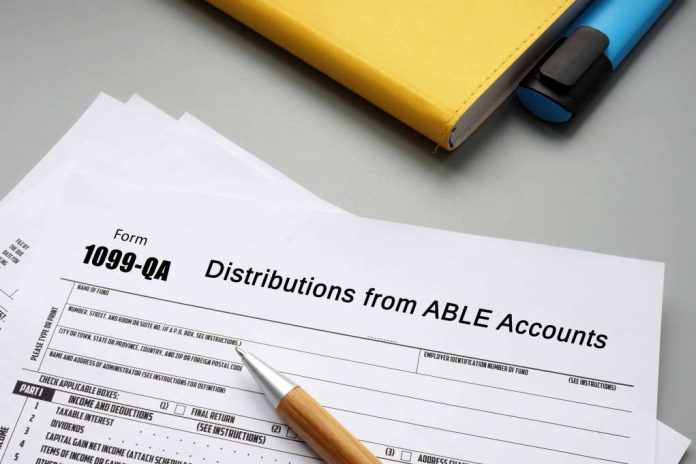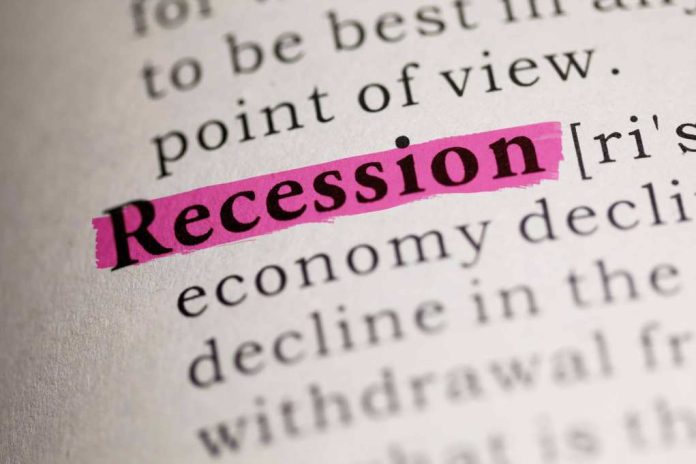Dealing with credit can be difficult for most Americans, and you’re not the only one who may feel this way. Your credit score may not look good, but there are ways to help! A lot of people work on improving their credit standing and you can do it too. As a matter of fact, you can start improving your credit sooner than you think!
What You Should Know About Your Credit Score
If you want to improve your credit, you should know more about your credit score. What is your credit score? Your credit score is a number that could range from 300 to 850. This score defines how creditworthy a consumer can be, which shows how trustworthy a person is with their credit. If your credit score is good, then lenders will see you as a reliable borrower.
How is your credit score calculated? It is calculated from the information in your credit report. Your credit report has a lot of credit account information. This includes the number of active credit accounts you have, how much debt you have, the background of your payments, and so on. The agency responsible for calculating your credit score are credit bureaus. There are two scoring models that credit bureaus use to calculate a person’s credit score. These two scoring models are the FICO credit model and the VantageScore credit model. Generally, the most common scoring model credit bureaus use is the FICO model.
What Affects Your Credit Score?
The information from your credit report will affect your credit score in different ways. You will find that this information is divided into five different categories. These categories have their own unique effects on your credit report. The five aspects that affect your credit score include:
- Background of Payments (35%)
- Credit Usage Ratio (30%)
- Age of Credit (15%)
- Hard Pulls (10%)
- Different Types of Credit (10%)
Background of Payments (35%)
Background of payments is the most important aspect that affects your credit score. It accounts for 35% of your score. This aspect includes any late payments you have, how late you made these payments, payments you made on time, accounts that went to collection, and so on. Since lenders are interested in knowing more about you as a borrower, then this will help them figure you out!
Credit Usage Ratio (30%)
How much money you owe compared to your total available credit is your credit usage ratio. This is the second aspect on the list and it can affect your credit score by 30%. Your credit usage ratio focuses on how much credit you are using compared to your total credit limit.
If you want to know more about the credit utilization ratio, then let’s give you an example. Let’s say you have a Discover credit card with an amount of $3,000 dollars in credit. This $3,000 amount becomes your credit limit. If you have $1,800 spent on this card, this is known as your credit utilization because it is compared to the full credit limit of $3,000. $1,800 is 60% of your limit, which is excessive! It is best to try to keep your credit utilization ratio at or below 30%. With a $3,000 limit, you shouldn’t spend no more than $900 to keep at this percentage.
Age of Credit (15%)
The background of your credit is also known as how old your credit is. The age of your credit includes the following aspects:
- The amount of time you have had credit
- The oldest and newest credit account you have
- The average age of your credit
This might not be the most influential aspect of your credit score, but it still impacts 15% of your credit score.
Hard Pulls (10%)
Hard pulls (also known as hard inquiries) affect 10% of your credit score. It might not be a lot, but it is still something to be aware of. There are two types of inquiries on your credit score: soft inquiries and hard inquiries. Soft inquiries do not affect your credit. On the other hand, hard inquiries affect your credit and need written authorization from the account holder. When lenders want to know more about the potential risk they could face with you, they might ask for a hard inquiry on your credit. This allows them to check your credit information and it generally happens within the underwriting process. Fortunately, hard inquiries fall off after roughly two years, so you do not need to stress out about it a lot.
Different Kinds of Credit (10%)
The last aspect that affects your credit score is different kinds of credit, which amounts to 10%. Similar to hard pulls, this might not be the most important aspect. However, you should be aware of it from time to time. Different kinds of credit include installment loans, credit cards, and so on. A wide range of credit means that you have better credit health than those who only have one type of credit. However, you do not need to actively work on getting different types of credit for a good score.
Fixing Your Credit
Customers can receive a free credit report once every year. You can check out your free report through the Annual Credit Report website. There are different ways that you can make your credit score better if it does not seem like it’s in great shape. Despite the fact that it can feel overwhelming, there are more options than you think. The best way to improve your credit score is to work on how you manage your personal credit.
Properly Managing Your Personal Credit
You should consider fixing your credit on your own, which will improve your credit score and help you develop better habits. Properly managing your personal credit can include doing the following:
- Fighting Back On Any False Information
- Make Sure You Pay Your Bills by the Due Date and You’re Repaying Your Debt
- Keeping Your Credit Utilization Rate Lower Than 30%
- Making Sure to Report Any Extra Accounts
- Request Assistance from a Credit Counseling Organization
Fighting Back on Any False Information
Once you receive your credit report, you should look for any inaccurate information that might affect your credit score. Inaccurate or false information includes errors in your identity, inaccurate account status information, data management concerns, and so on. You can then fight back any inaccurate information with credit bureaus. The process of fighting back might seem hard, but it does not need to be. Credit bureaus need to report correct information on your credit report. Pointing out false information and how they are invalid can get them dropped from your report. Once the credit bureau removes the false information from your report, their negative effect will fall off and you might find your score improving in time.
Make Sure You Pay Your Bills by the Due Date and Repay Your Debt
Since payment history is such an important aspect when it comes to your credit score, you should manage it as best as you can. You should make sure to pay your expenses on time when they reach their deadline to fix your credit score. If you forget about paying your bills, then you should consider placing automatic payments.
When you set up automatic payments, your bank account automatically transfers money to your bills. You do not have to worry and constantly remind yourself to pay your bills with this feature. Make sure that you know when the payments are going through so that you can check your bank account to make sure the funds have been transferred. If you cannot afford to pay your bills, then you should think about discussing it with your lender. Your lender might be more flexible than you think.
A lot of Americans find themselves dealing with debt. As a matter of fact, the average American household debt is $58,604. 77% of families in the United States deal with some type of debt. Popular types of debt include credit card debt, student loans, mortgages, and more. These debts can build up. However, there are different ways you can deal with your debt. You just need to figure out what can help your finances, lifestyle, and personal growth. Some individuals prefer working on their credit cards, while others prefer managing bigger sources of debt. When paying off debt, you should make sure to figure out whether there are any prepayment fees. Some lenders will request a penalty if the customer pays off their debt sooner than planned!
Keeping Your Credit Utilization Rate Lower Than 30%
As we mentioned earlier, it is good to keep your credit utilization rate lower than 30%. On the other hand, if you are interested in seeing real improvements, then repaying your credit per month can boost your credit! Your credit utilization ratio is the second most important aspect when it comes to your credit score. You need to make sure you know more about your credit limit and your current use of credit to improve your score.
Making Sure to Report Any Extra Accounts
Experian Boost is a financial service that Experian provides (one of the major credit bureaus) that can support customers who want to improve their credit scores. This financial service will let you know about the payments you make on time for utility bills, phone payments, streaming services, and more. When credit bureaus receive a person’s scores, they can help rebuild and improve their credit score, since it counts as your payment background.
Requesting Assistance from a Credit Counseling Organization
Improving your credit on your own means you need to find the right services to help you along the way. You should consider contacting a credit counseling organization. These organizations can help you learn about a lot of things in your finances. This includes your money, budget planning, credit score, and more. Typically, credit counseling organizations do not profit from these services and their counselors are certified. You can look through your current finances and your plans while the organization can offer advice and education to help you out.
Bottom Line
Improving your credit score does not need to be overwhelming. There are many aspects that affect your credit. This includes the following:
- Fighting Back On Any False Information
- Make Sure You Pay Your Bills by the Due Date and You’re Repaying Your Debt
- Keeping Your Credit Utilization Rate Lower Than 30%
- Making Sure to Report Any Extra Accounts
- Request Assistance from a Credit Counseling Organization
There are several ways that you can take control of your credit. You might not find positive changes taking place on your credit overnight, but you will eventually see improvement in your credit. Make sure that you pay your bills on time, fight back on any inaccurate information on your credit report, and make sure to keep your credit usage lower than 30%. Also, make sure you take your time and research your options. You need to remain calm when you are figuring out a plan that works for your credit situation!


















